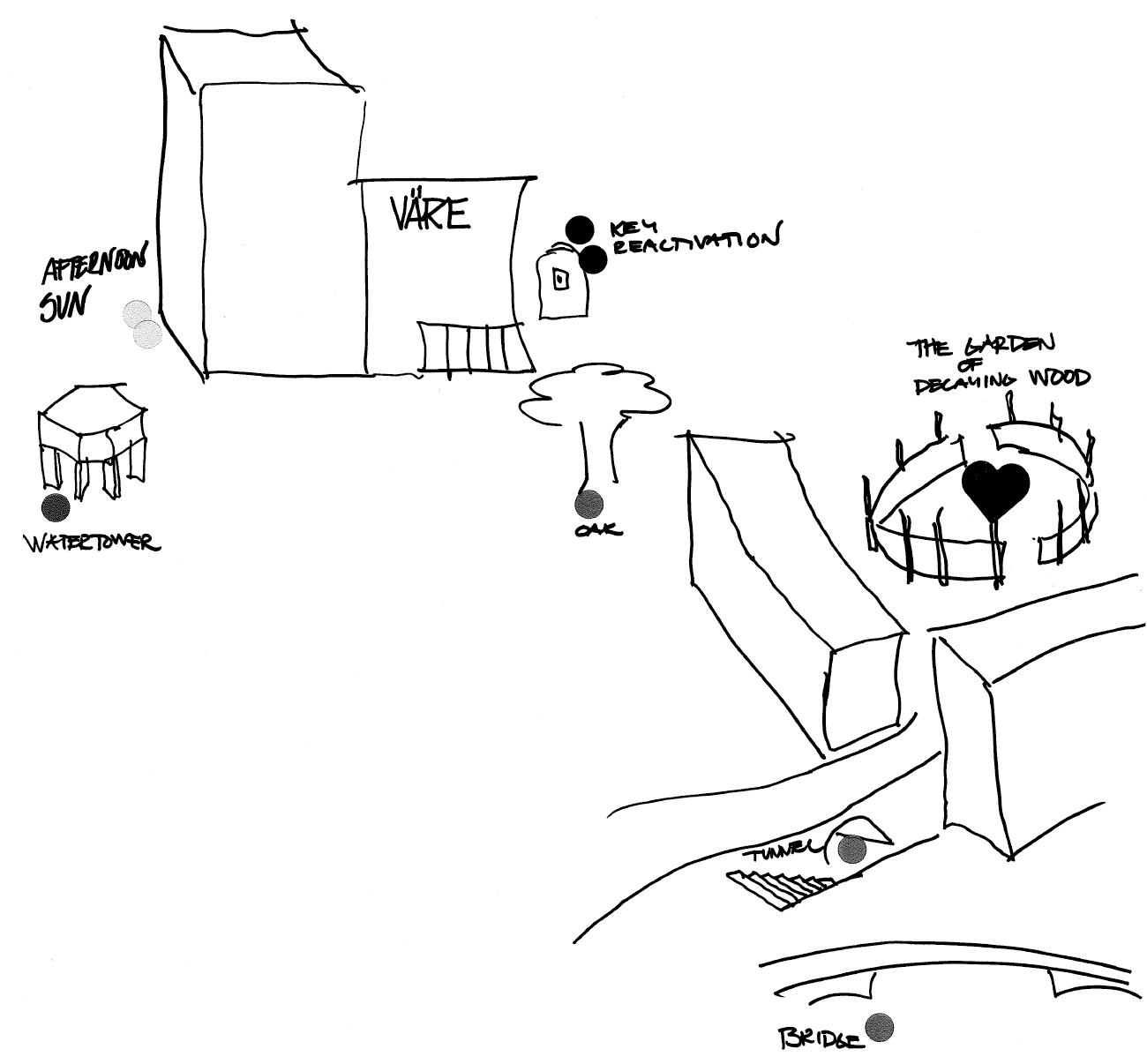1. INTRODUCTION
5. METHODS
9. REFERENCES
This exposition investigates the relationship between maps, space and body. It looks at mental maps — images of the environment that we hold in our memory. It argues that a map we store in our minds is not merely a functional device for navigation, but a system of signs, values and meanings that allow us to re-imagine the space, appropriate it and develop new social practices.
The study places mental images inside Lefebvre's triad of social space (Lefebvre, 1991). It suggests that mental images are a manifestation of the third component of the triad, the lived space, which includes alternative imaginations, symbolic values and appropriations of space. The exposition explores this claim via a dataset of 37 mental maps created by Masters-level students at Aalto University in Finland in November 2018. By qualitatively analysing the contents and the morphology of the hand-drawn maps, it traces how the lived space is both passively perceived and actively re-imagined.
The main contribution of the exposition is bringing the imagined space to the attention of urban planning professionals. It suggests that the distorted, inconsistent and idiosyncratic mental images are more than a reduced schema of a physical environment. They support alternative re-imagining and catalyse the process of creative appropriation, enabling bottom-up urban transformation.
6. RESULTS
7. DISCUSSION
8. CONCLUSION


